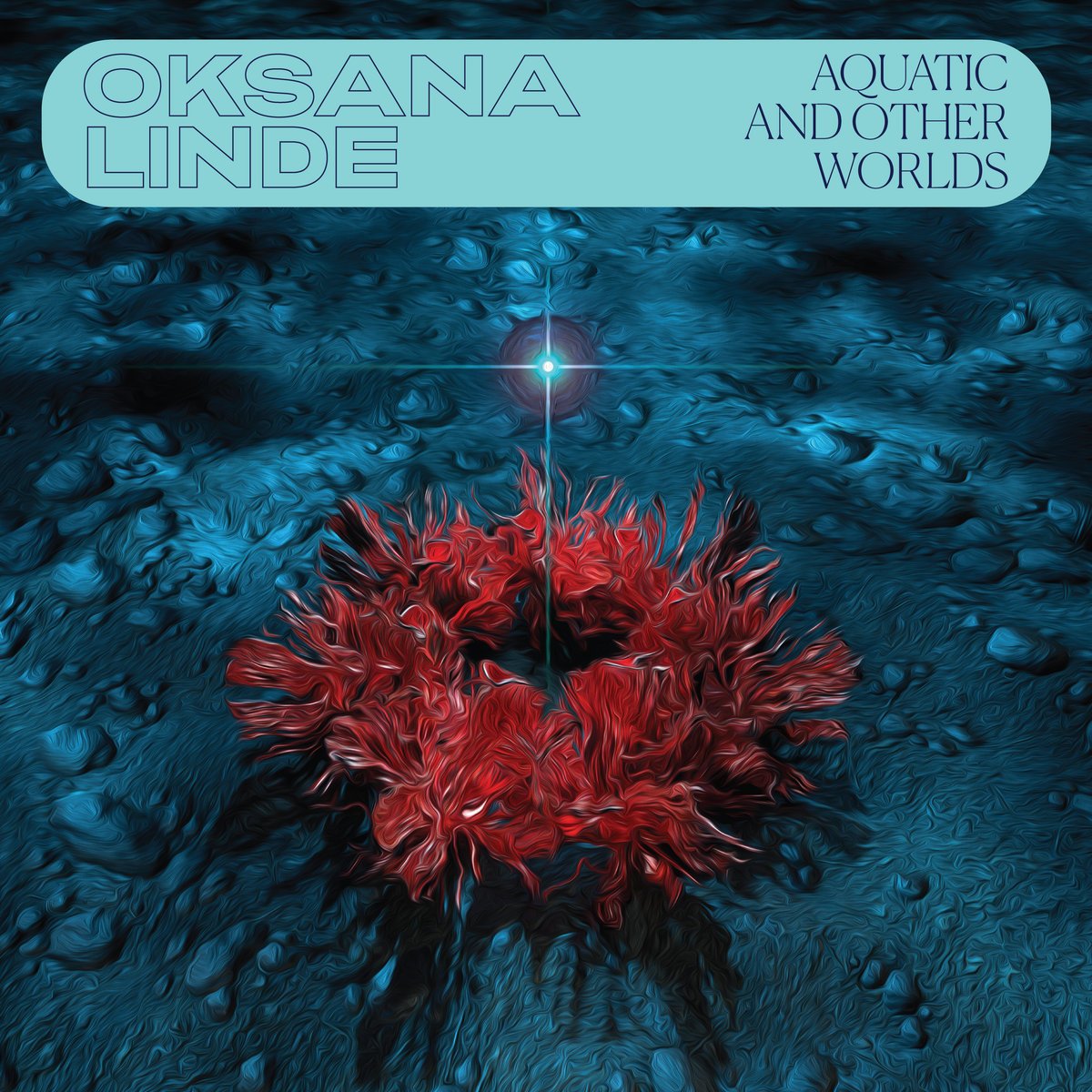Cadlag
Tensor
Pharmafabrik, 2025
Cadlag's fifth album further expands their legacy as one of the most interesting projects that make use of harsh textures, and dark cinematic soundscapes that, despite their coldness, are exciting and energetic.
Since their first album, 2013's Cadlag Live Tape, this Slovenian post-industrial collective started strong, setting themselves apart as one of their homeland's main noise-drone acts, and with good reason: Cadlag make interesting pieces with the same resources other projects use to make less compelling material: instruments processed through a wide array of DIY effects units and pedals.
Every album so far has been a sign of their commitment to -and evolution of- their craft, and without feeling repetitive, their output has been aesthetically consistent; and while it might seem like a copout to say that the newest album is their best to date, it is the case that their newest album is their best to date.
Captured in different environments, Tensor (Pharmafabrik, 2025) has incredible weight and depth. Desolate industrial sites, reverberating cathedrals, asphyxiating mines and WWI caverns served as the settings for the recording of this album, and just like the engulfing spaces they chose to record these tracks in, Cadlag's approach to harsh textures always feels like they're purposely hiding some musical aspects beneath the granular chaos of their monolithic noise walls.
The nuance is there for those who engage in deep listening, and, unlike the harsh noise wall movement/genre, these melodic and rhythmic flourishes are not psychoacoustic in nature; their presence is real even when it is not obvious, but when they are in a prominent place in the mix, that’s when Cadlag’s power truly shows, and they do so without recurring to boring dynamics like predictable crescendos; the pieces evolve organically, or they simply knock you unconscious by surprise.
Trying to guess which pieces were recorded in which environment might be a fun game to play, but it is not necessary, because the intention was for these places to become part of the essence of these recordings, and not the main point of focus; Cadlag succeeds in creating a texturally rich and ominously deep experience that is not precisely claustrophobic, but, because of all the intrigue it creates, it makes a compelling argument to lose oneself within the depths of these unknown places, we might even call it claustrophilic.





